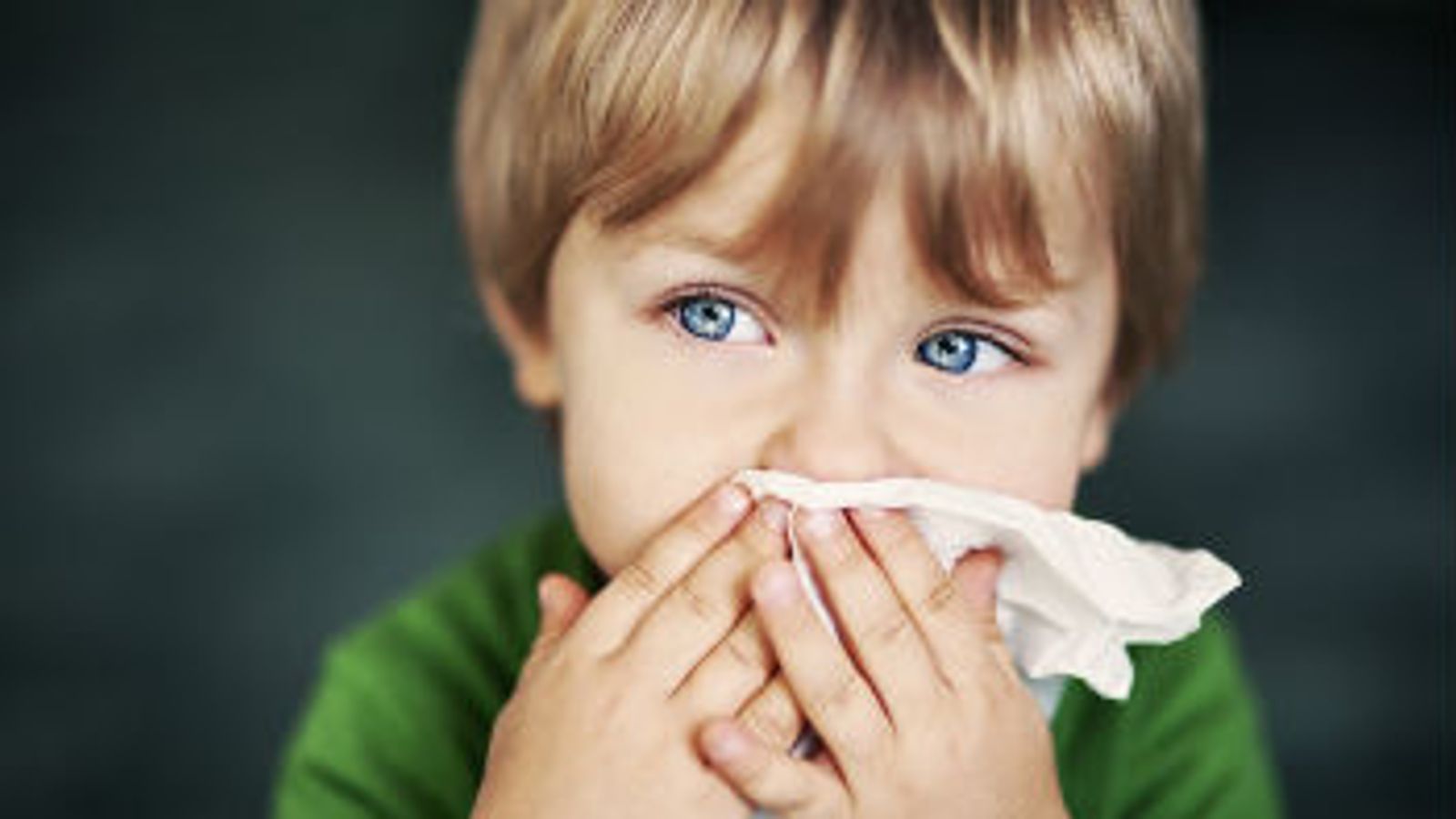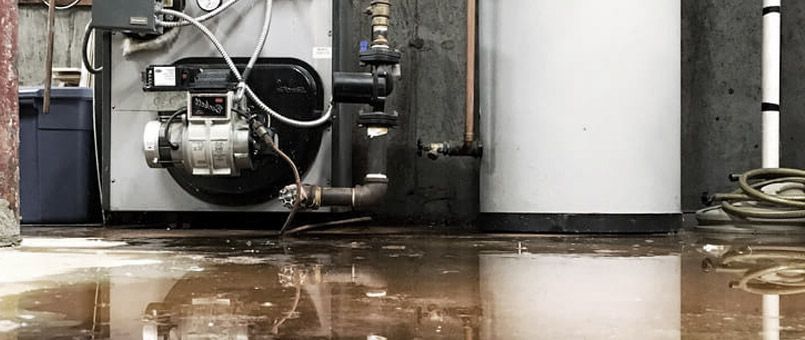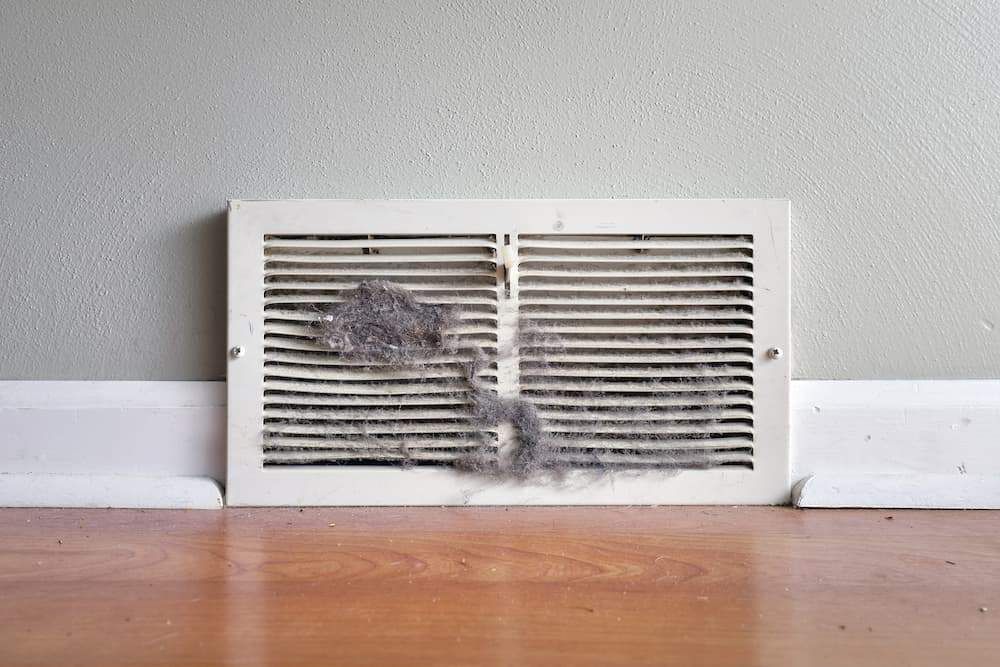Breathe Easy: Unveiling the Truth About Mold in Your Home
As homeowners, we strive to create a safe and healthy environment for ourselves and our loved ones. We clean, we dust, we vacuum, and we do everything we can to keep our homes free from any potential health hazards. However, there is one silent intruder that often goes unnoticed and can pose serious risks to our well-being: mold.
Mold is a type of fungus that thrives in damp and humid environments, making our homes a prime breeding ground. It can grow on various surfaces such as walls, ceilings, carpets, and even furniture. While some forms of mold are harmless, others can release toxic spores that can cause a range of health issues. It is important to understand the dangers of mold and take necessary precautions to protect ourselves and our loved ones.
Understanding the dangers of mold
Mold may seem harmless at first glance, but its presence in our homes can have severe consequences. When mold spores are inhaled, they can trigger allergic reactions and respiratory problems, especially in individuals with pre-existing conditions such as asthma or allergies. Common symptoms of mold exposure include coughing, sneezing, wheezing, itchy eyes, and skin rashes. Prolonged exposure to mold can also lead to more serious health issues, such as lung infections and chronic sinusitis.
Furthermore, certain types of mold, such as black mold, produce mycotoxins that are toxic to humans and animals. These mycotoxins can cause neurological symptoms, including headaches, dizziness, and even memory loss. In extreme cases, prolonged exposure to mycotoxins can lead to organ damage and compromised immune function. Therefore, it is crucial to be aware of the potential dangers of mold and take immediate action if it is detected in your home.
Health symptoms of mold exposure
Detecting mold in your home can sometimes be challenging, as it often grows in hidden or hard-to-reach areas. However, being aware of the common health symptoms associated with mold exposure can help you identify potential issues early on. If you or your family members are experiencing frequent respiratory problems, such as coughing, wheezing, or shortness of breath, it may be a sign of mold in your home. Other symptoms to watch out for include persistent headaches, fatigue, sinus congestion, and skin irritations. If these symptoms improve when you leave your home and return when you come back, it is likely that mold is the culprit.
It is important to note that the severity of symptoms can vary depending on the individual's sensitivity to mold and the type of mold present. Some people may experience mild symptoms, while others may have more severe reactions. If you suspect mold in your home and are experiencing any of these symptoms, it is essential to consult with a healthcare professional and take appropriate measures to address the issue.
Common causes of mold in homes
Mold needs three main ingredients to thrive: moisture, warmth, and organic material. Unfortunately, our homes provide the perfect environment for mold growth. Common causes of mold in homes include water leaks, high humidity levels, poor ventilation, and condensation. Leaky pipes, roof leaks, or even a small water spill that goes unnoticed can create an ideal breeding ground for mold. Additionally, areas with high humidity, such as bathrooms, kitchens, and basements, are more susceptible to mold growth. Lack of proper ventilation and inadequate airflow can also contribute to mold problems. It is important to address these underlying issues to prevent mold from infesting your home.
How to detect mold in your home
Detecting mold in your home can be challenging, as it often hides in unseen areas. However, there are several signs that can indicate the presence of mold. Visual clues, such as discoloration or dark spots on walls, ceilings, or other surfaces, are a clear indicator of mold growth. Musty odors, especially in enclosed spaces, can also suggest the presence of mold. If you notice a persistent musty smell in your home that does not go away, it is worth investigating further.
In some cases, mold may be hidden behind walls, under carpets, or inside cabinets. If you suspect hidden mold, you can hire a professional mold inspector who will use specialized equipment to detect moisture levels and identify areas of potential mold growth. They may also take samples for laboratory testing to determine the type and extent of mold present in your home. Early detection is key to preventing further mold damage and protecting your health.
The importance of mold remediation
Once mold is detected in your home, it is crucial to take immediate action to prevent further growth and minimize the health risks associated with mold exposure. Mold remediation is the process of removing mold and restoring the affected areas to a safe and healthy condition. It involves identifying the source of moisture, containing the mold to prevent its spread, and effectively removing the mold-infested materials.
Mold remediation should always be carried out by professionals who have the necessary expertise and equipment to handle mold safely. Attempting to clean up mold yourself can be risky and may result in further contamination if not done properly. Professional mold remediation not only ensures the thorough removal of mold but also addresses the underlying issues that led to its growth in the first place.
DIY mold cleanup vs. professional mold remediation
While it may be tempting to tackle mold cleanup yourself, it is important to consider the potential risks involved. DIY mold cleanup can be effective for small, isolated areas of mold growth, but it may not be sufficient for larger or more extensive infestations. Improper handling of mold can lead to the release of mold spores, which can further contaminate your home and pose a health risk.
Professional mold remediation offers several advantages over DIY cleanup. Certified professionals have the knowledge, experience, and specialized equipment to effectively remove mold and prevent its spread. They can identify hidden mold, address the underlying causes of mold growth, and ensure that the affected areas are thoroughly cleaned and restored. By enlisting the services of a professional mold remediation company, you can have peace of mind knowing that the job will be done safely and effectively.
Finding a reputable mold remediation company in Wichita
If you are in Wichita and suspect mold in your home, it is crucial to find a reputable mold remediation company to address the issue promptly. With so many options available, it can be overwhelming to choose the right one. Here are some tips to help you find a reliable mold remediation company in Wichita:
- Research and ask for recommendations: Start by researching local mold remediation companies online. Read reviews, check their credentials, and ask for recommendations from friends, family, or neighbors who have had similar issues.
- Verify certifications and expertise: Ensure that the company you choose is certified in mold remediation and has experience dealing with mold in homes. Look for certifications such as the IICRC (Institute of Inspection, Cleaning and Restoration Certification) or NORMI (National Organization of Remediators and Mold Inspectors).
- Request a consultation and estimate: Contact the mold remediation companies you are considering and request a consultation. A reputable company will assess your situation, provide an estimate, and explain their process in detail.
- Check for insurance coverage: Confirm that the company has liability insurance to protect you and your property in case of any accidents or damages during the remediation process.
By following these steps, you can find a reputable mold remediation company in Wichita that will effectively address your mold problems and ensure a safe and healthy living environment for you and your family.
Preventing mold growth in your home
Prevention is always better than cure when it comes to mold. Taking proactive measures to prevent mold growth in your home can save you from the hassle and potential health risks associated with mold remediation. Here are some tips to keep your home mold-free:
- Control moisture levels: Keep your home dry by fixing any leaks promptly, ensuring proper ventilation, and using dehumidifiers in areas prone to high humidity.
- Regularly inspect and maintain your home: Regularly check for any signs of water damage or leaks in pipes, roofs, or windows. Repair any issues immediately to prevent mold growth.
- Properly ventilate your home: Ensure that your home has adequate airflow by using exhaust fans in bathrooms and kitchens and keeping windows open whenever possible.
- Use mold-resistant materials: When renovating or building, consider using mold-resistant materials such as mold-resistant drywall, paints, and insulation to reduce the risk of mold growth.
- Clean and dry affected areas promptly: If you experience any water damage or spills, clean and dry the affected areas within 24-48 hours to prevent mold growth.
By implementing these preventive measures, you can significantly reduce the chances of mold growth in your home and create a healthier living environment for you and your family.
Conclusion
Mold is a common issue that many homeowners face, but its potential dangers should not be underestimated. Understanding the risks associated with mold exposure and taking immediate action if you suspect mold in your home is crucial for your health and well-being. Whether you choose to tackle mold cleanup yourself or hire a professional mold remediation company, it is important to address the issue promptly and effectively.
If you are in Wichita and need assistance with mold remediation, don't hesitate to call Vortex at 316-272-6849. Their team of certified professionals has the expertise and equipment to handle any mold-related issues and ensure a safe and healthy environment for you and your family. Remember, prevention is key, so take the necessary steps to keep your home mold-free and breathe easy.










